In the last post, I upsampled files from the Fujifilm 110 mm f/2 on the GFX 100 and the Zeiss Otus 85 mm f/1.4 on the a7RIV, using Topaz GigaPixel AI, with surprising results. I had concerns about possible under-the-hood sharpening differences with Lightroom, and also with Lightroom’s export resizing, so I decided to process the raw files in a way to eliminate both. I used Capture One (C1) for the development, and I’ll be posting 100%-magnification (unresampled) files here. I tried to use Raw Therapee for the raw developer, but the Fuji GFX 100 profile in the current version has color errors the are serious enough to make it difficult to compare the Sony and Fuji images.
I sharpened both the GFX 100 and a7RIV images with radius 0.5, amount 100%, and threshold 1. That gives a per-pixel level playing field. Then I sharpened the GFX image with the radius 0.7, which is the same amount of sharpening on an image-height basis.
For review, here is one of the full images:
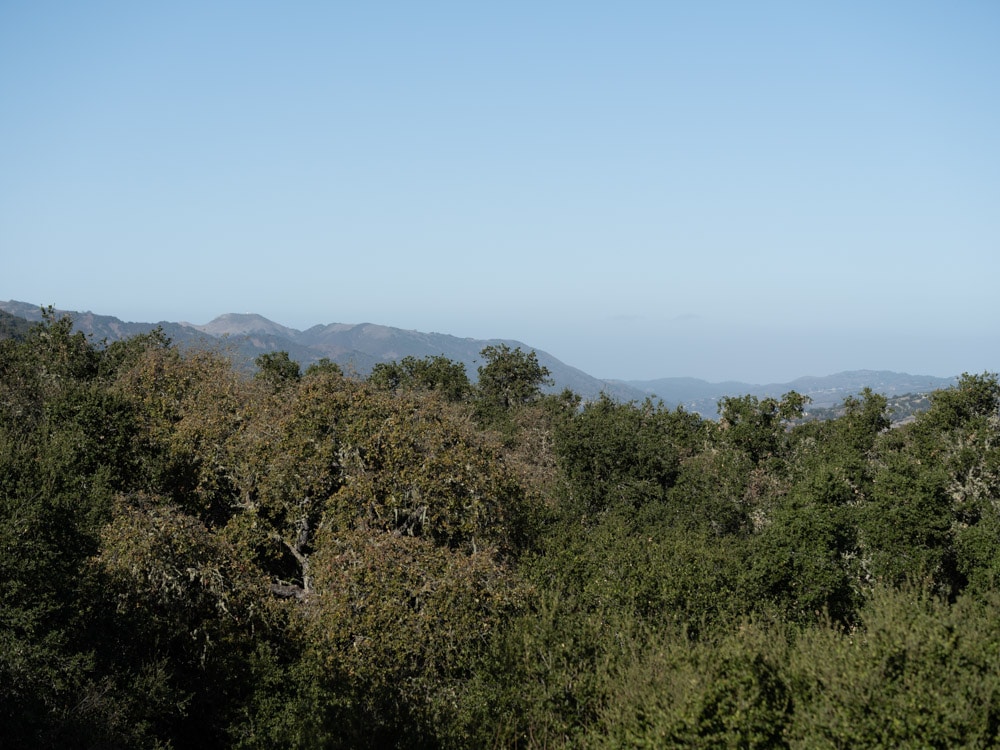
The 1:1 crops:
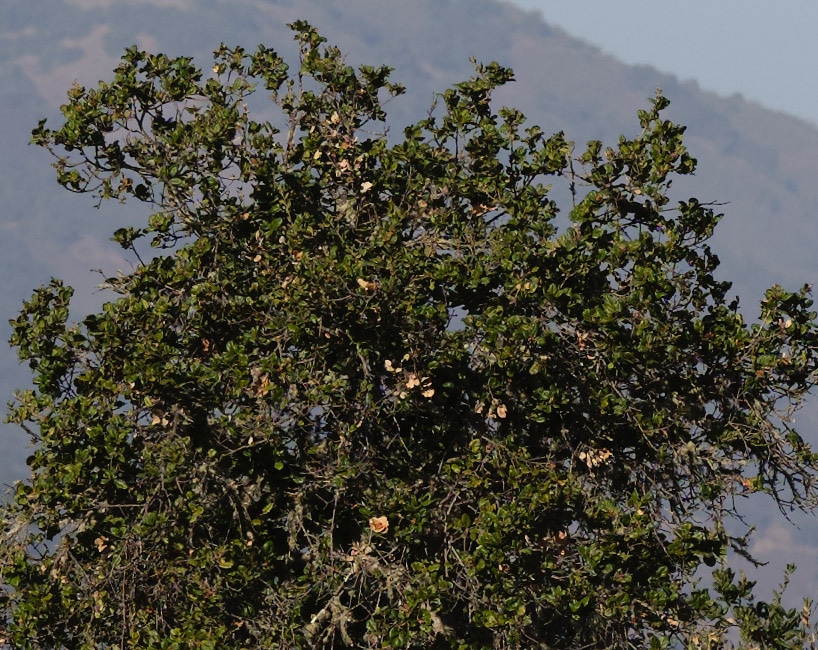
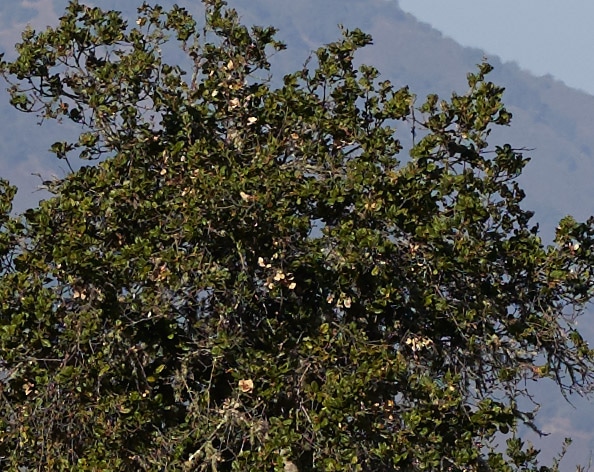
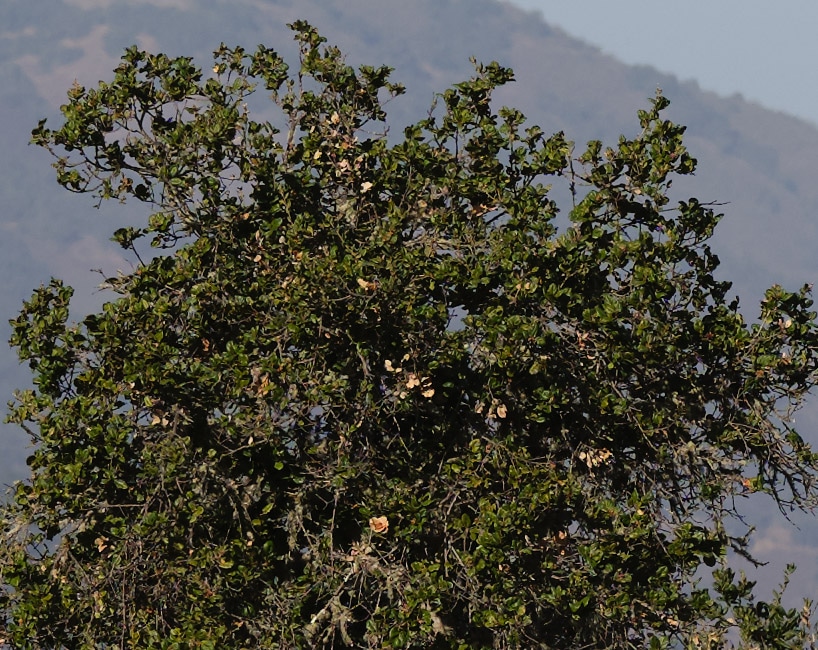
I don’t see a lot of differences in the per-pixel sharpness.
After using GigaPixel AI to resample all the above crops to 1000 pixels high, which a about the same as blowing the whole images up to 10,000 pixels high.
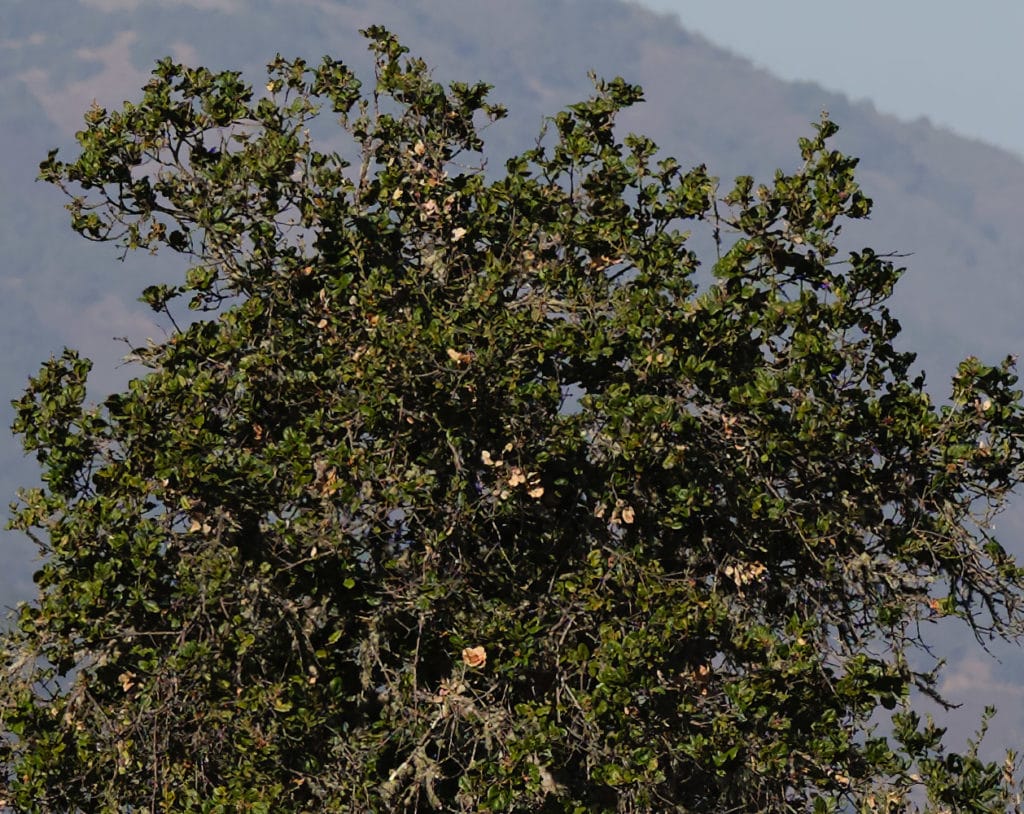
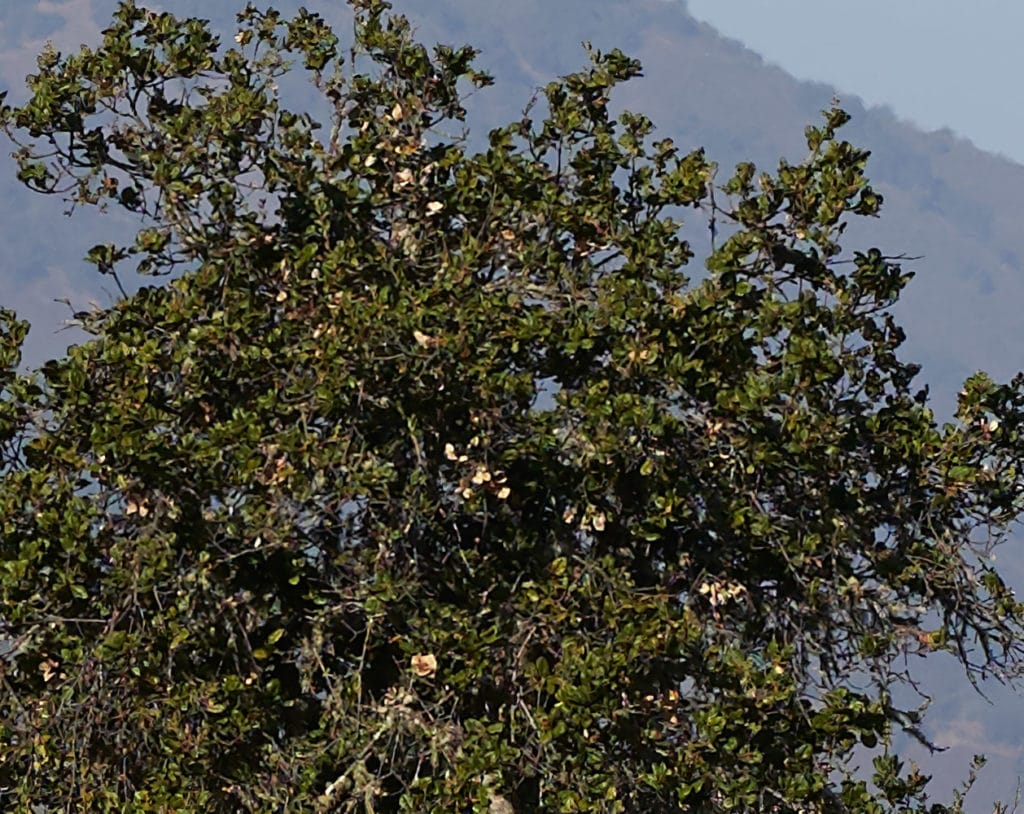
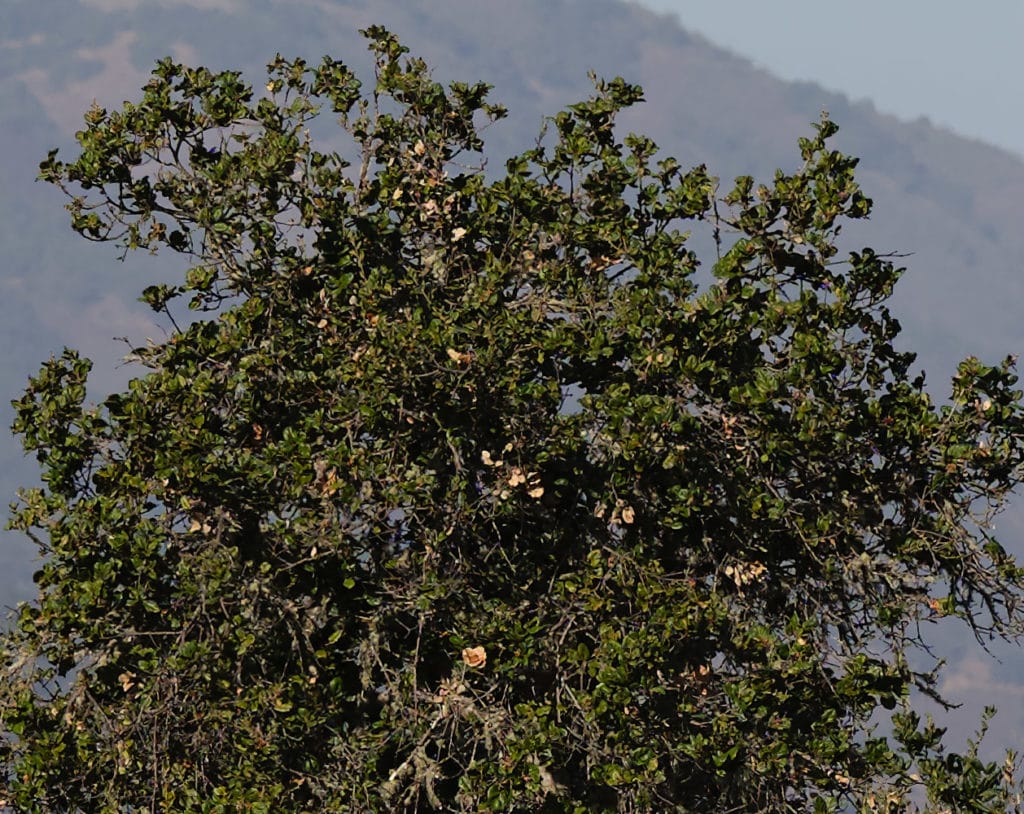
The GFX 100 images are sharper and more detailed.
I won’t show you the images because my blog is not set up for files so large, but 2000-pixel-high GigaPixel AI-resampled crops also favor the GFX 100.
Erik Kaffehr says
Good work, Jim!
JimK says
Thanks, Erik. I don’t really understand the reasons for the seemingly anomalous earlier results, but I have more confidence in these.
christer says
I downloaded a trial version of Topaz Giga Pixel AI and processed a RAW image of a USAF chart from my A7R3 using my 2017 MacBook Pro (with a 3.1 GHz Intel Core i7 processor and an Intel HD 630 1536 MB graphics card and 16 GM memory).
Man, was processing s…l…o…w! Opening the file with Preview was not always successful and a couple of times I had to “force quit” Preview and make another try.
But yes, the final result was sharp in the areas of the test chart where the Capture One on screen image at 400% was on the limit of being just good enough.
In the areas where there was insufficient resolution when looking at the C1 output at 400% on my screen, the Topaz version showed artefacts of a kind that I have never seen before. It looked like portraits or landscapes pictures shown at one or two percent.
I concluded that Topas is not something I need, but then I never print larger than A3+. Even with cropping, C1 delivers what I want – provided there is no camera shake or subject movement and focus is dot on.
JimK says
I have a stronger workstation (Win 10 Pro, 2 8-physical-core Xeon Gold CPUs, 256 GB RAM, fast 4GB NVIDIA graphics card), which may explain why I haven’t had any hangs or crashes with GigaPixel AI. I’ve also found that it runs about twice as fast with the GPU enabled.
But it is more prone to odd artifacts than simpler upsampling methods.
I think it has its uses, and I recently used it to resize about 45 images for an upcoming exhibition with great success, but it’s not for everyone. It sounds like you don’t need it at all.
Den says
Lightroom is great forjust processing images in develop module, but as seen when it comes to export you want to avoid any resizing (PhotoZoom8 is great for this purpose btw), and Lighroom output sharpening sucks also which I never use.
While I like working with Capture One (esspecially for tethered applications), I really don’t like the way C1 changes it’s default sharpening and NR and adds film grain based on ISO. Watch out for this when comparing shots with Lightroom.
christian says
the c1 sharpening and NR default settings seem to be intended to be fool proof but do not lead to the best possible image quality. luminance NR adds sharpening, unbelievable but true and is almost always unnecessary. color NR smears and destroys color detail and is way to high at default even for correct exposed high iso shots. the sharpening threshold is another source of lost detail at default. but the good thing is it s easy to make your own defaults.
christian says
Jim, your profound testing has unintentional revealed what impact image processing still makes. while discussions and teste of hardware have flooded the web, tests of workflows or software differences do not to play a big roll anymore and you could get the impression everything is equal as long as it can convert a raw file but it still is not. with the increase of mpx the number of photographers which can say they really know and understand their raw converter, photoshop or image processing in general has obviously degreased. maybe this is one of the reasons why some see huge differences while others only see small ones.
it also seems we reached the point that adding more mpx does not translate to perceived much better images. going from 20 to 40 was not a huge step but going from 50 to 100 seems to be even smaller. so in my view when things get closer on the hardware side soft-skills become more important. it is still not the case that default converter settings are optimal for every kind of usage scenarios they are far off in most cases and it needs knowledge and experience to tweak them for optimal results like when you intend to make large prints, furthermore different images need different approaches but this knowledge is not so easy buyable as a new high mpx camera….
Christer says
Christian, your observations about soft-skill reminds me of my first (and last) purchase of”styles” a few years ago. I bought two dozen styles but none of them appealed to me. This off-the-rack product was definitely inferior to my own home made bespoke tailoring.
Perhaps they have improved since then, but so have I.
Christian says
the preset business is totally ridiculous because it contradicts the main selling point of software like capture one: to have extensive control over raw files. it indicates that a lot of user are overwhelmed by the many options and undereducated how to use them. the whole gear obsession we see today is properly based on the fact that no camera by itself makes great photography in opposition to what camera companies like to make us believe. so in hope to improve things photographers keep on buying new „ better“ gear or instant solutions like presets but as in the days of Ansel Adams the (digital) darkroom is equal important as the capture process and it needs patience and knowledge to master it.
Tex Andrews says
Happy Thanksgiving, Jim! And thanks for this unexpected gift! Very glad to see this test here. I recently had an assignment at work that required some serious uprezzing, and so I trialed and then bought GP AI. I found it tricky to work with, and tricky to work with it and LR together. I was not in a position, given the deadlines, to try other software—LR has become my go-to pro use default software, partly because of the refusal of C1 to support Pentax medium format. And I still haven’t found the time to dive into RT.
Like you, I found “anomalies” in the sharpening chain in LR, and had to adjust A LOT. Nevertheless, I did get decent results from GP AI, although had to carefully watch it. I can’t do it now, but I will come back to these articles/posts again and give them more time. If you’d like, I can dropbox some of my results in the coming couple of weeks for your perusal. They are macro-ish, fine arts repro copy stand things, so very controlled in the studio—I’m juggling 3 museum and 2 private clients right now, all with early December deadlines on stuff, or else I’d get these to you right away. Too busy to even go hunting for the 3rd year in a row!
Richard says
” I tried to use Raw Therapee for the raw developer, but the Fuji GFX 100 profile in the current version has color errors the are serious enough to make it difficult to compare the Sony and Fuji images.”
I’m sure the Rawtherapee devs would very much appreciate your considered input here.
Regards,
Richard